Trier is Germany's oldest city, located in the Moselle Valley (Rhineland-Palatinate), close to the border with Luxembourg. This city has been an important Roman city and offers impressive Roman monuments such as Roman baths, an amphitheatre and a Roman bridge that is still in use. It is no wonder that many of the buildings in this city have been included on the UNESCO World Heritage List.
Table of contents
Trier - Germany's oldest city
The area where Trier is located today, in south-west Germany, was originally inhabited by the Celts, and there is archaeological evidence that people have lived here for 7000 years. Around 50 BC the area was conquered by the Romans, led by Julius Caesar. It wasn't until 16 BC that the Roman Emperor Augustus founded the city of Trier, "Colonia Augusta Treverorum" (Augustus' city in the land of the Treves) as it was then called.
Trier is a very charming city to be in, and along with all the history makes it unique as Germany's oldest city. Trier is beautifully situated along the Moselle, and the vines climbing the slate hills frame the city's charm. It is also home to the Roman Wine Route (Römische Weinstrasse).
Trier was rebuilt until 275, when it was destroyed by the Germanic people, the Alemanni, who wanted the city. The first Christian emperor, Constantine the Great, took the city back in 300 and rebuilt it. Trier became the 'second Rome' and the largest residential city north of the Alps.
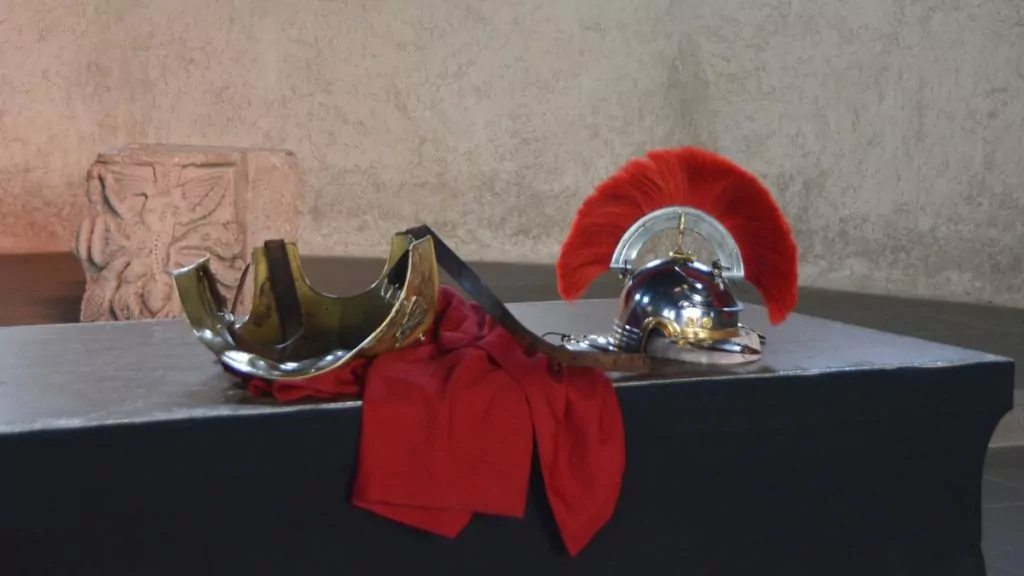
Trier
Trier has also been French since 1794, when French revolutionary troops took over the city, destroying many of the old buildings. Trier became Trèves and the townspeople became French citizens. War has destroyed many beautiful places in the world, but Trier still has a lot to offer. Today, all of the Roman monuments, along with two of the city's churches (9 in total) are UNESCO World Heritage Sites.
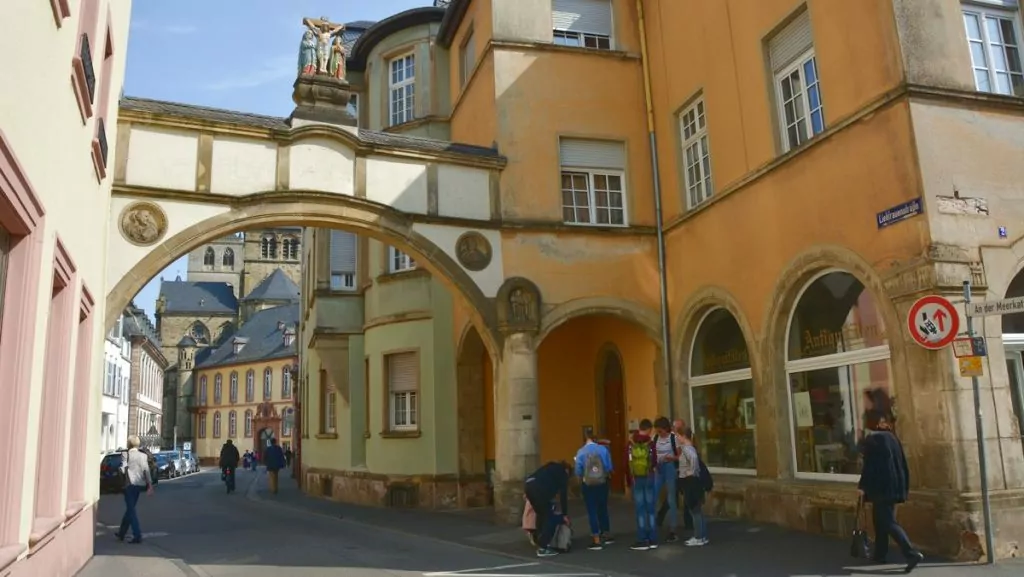
Porta Nigra
Trier is full of Roman monuments, and with a little effort you can try to imagine what life was like here once upon a time. One of the first monuments you'll notice is the 'Porta Nigra', the Black Gate, and the only one of the city's original four city gates that remains. You can go up the gate, where you also have a nice view of Trier. Here we met a Roman who greeted us with "Salve" (meaning "Hello" in Latin) ...
The Porta nigra (black gate) has survived and the city gate has been through a lot over the years. The gate was built of sandstone in 170 AD with very large blocks, with iron clamps between them to hold the blocks together.
Over the years, these have been pulled out to be used for other buildings, like the Colloseum in Rome. The facades have also been stripped of marble to build elsewhere, and it's amazing that it's still standing after 2000 years.
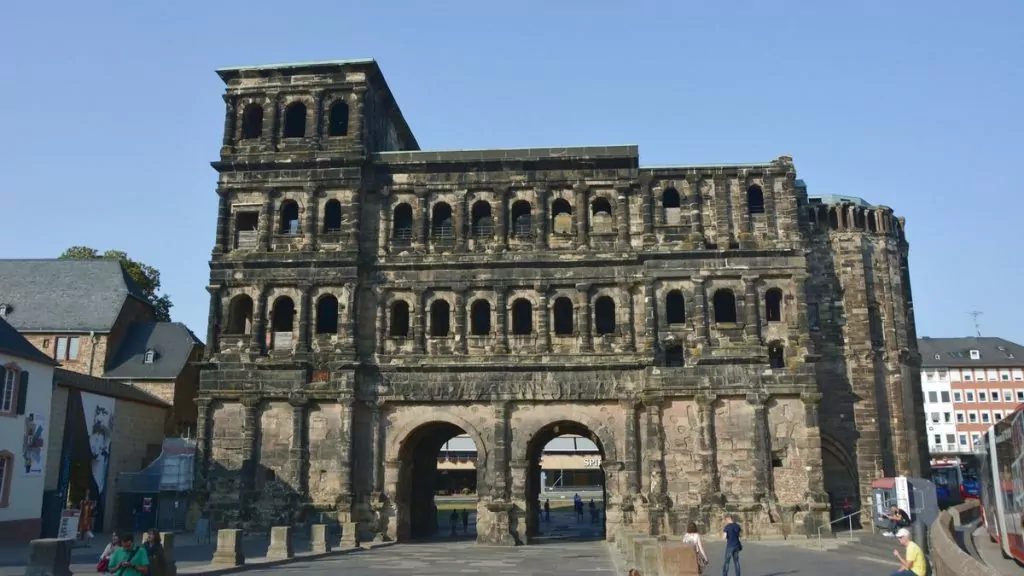
Simeon
Around 1028-1035, a Greek monk named Simeon lived here. After his death, the Monastery of Simeon was built in his honour next to Port Nigra. They made a decision to save the gate and rebuilt it as a church, tower and all. 800 years later, Napoleon Bonaparte came in 1802 and dissolved all churches and monasteries. He ordered Porta Nigra to be transformed back into its original form and this was done. In 1986, Porta Nigra was designated a UNESCO World Heritage Site.
The city gates
The Romans built four city gates in each direction with city walls in between. Porta Nigra on Porta-Nigra-Platz (Black Gate) was the northern gate, and opposite the southern Porta Media (Middle Gate). To the east was Porta Alba (White Gate) and in the opposite direction to the west was Porta Inclyta (Famous Gate). Here they also built the Roman Bridge over the Moselle River, which today is Germany's oldest bridge with the same pillars from 150 AD.
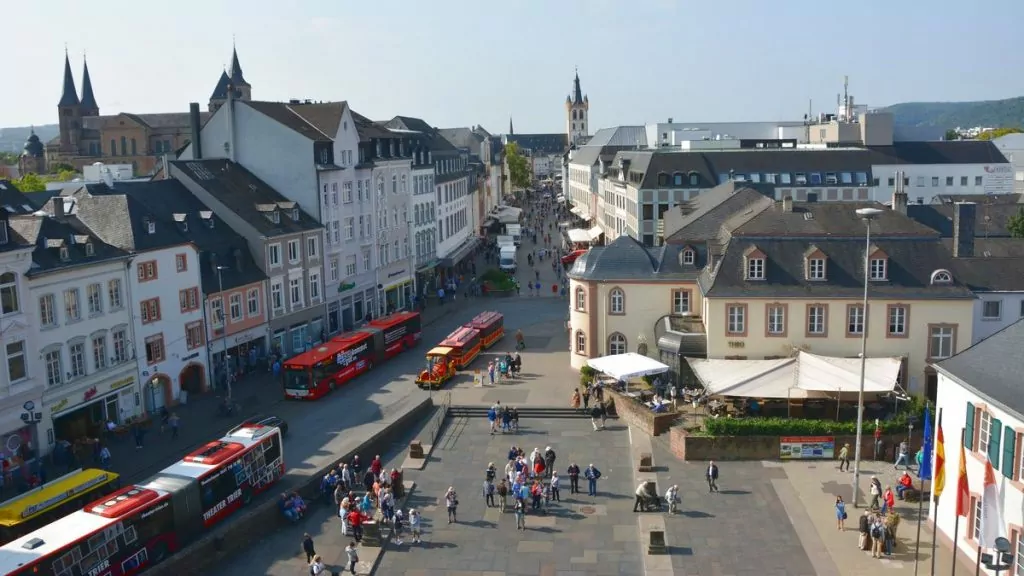
Kaiserthermen and Barbarathermen
The really big Roman baths were called Imperial Baths and the smaller ones Balnea. The Romans enjoyed bathing, and 1600 years ago they built one of the most impressive bathhouses in the world. Built around 200 AD, the Barbary Baths (Südallee) were the largest after the Baths of Bara Caracalla and Diocletian in Rome.
Then, at the end of 200, the Kaiserthermen was built along Weimarer Alle. The large bath, which looks like a castle, is as big as an opera house. There were four towers which are now ruins and 19 metres high and were part of the city walls.
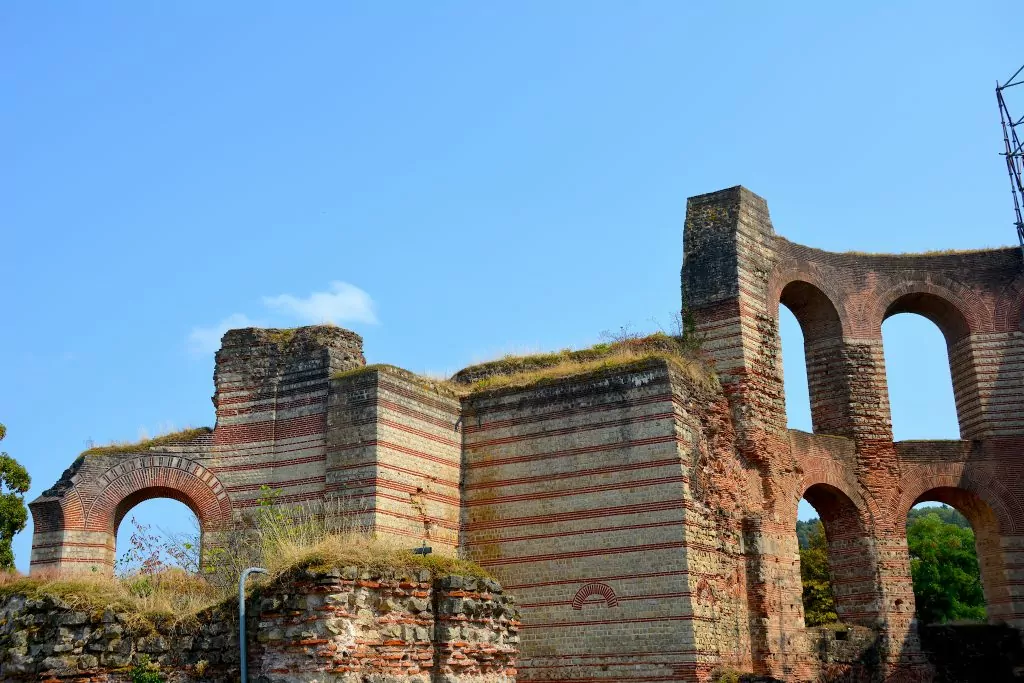
The towers were also a kind of boiler room to heat the water for the three semi-circular baths of the Kaiserthermen. Here the Romans could bathe in hot and cold baths, receive massages and treatments, engage in sports or perhaps conduct business. For the Romans, this was a social meeting place. We were most impressed by the endless underground service tunnels that never seemed to end. These are also a UNESCO World Heritage Site.
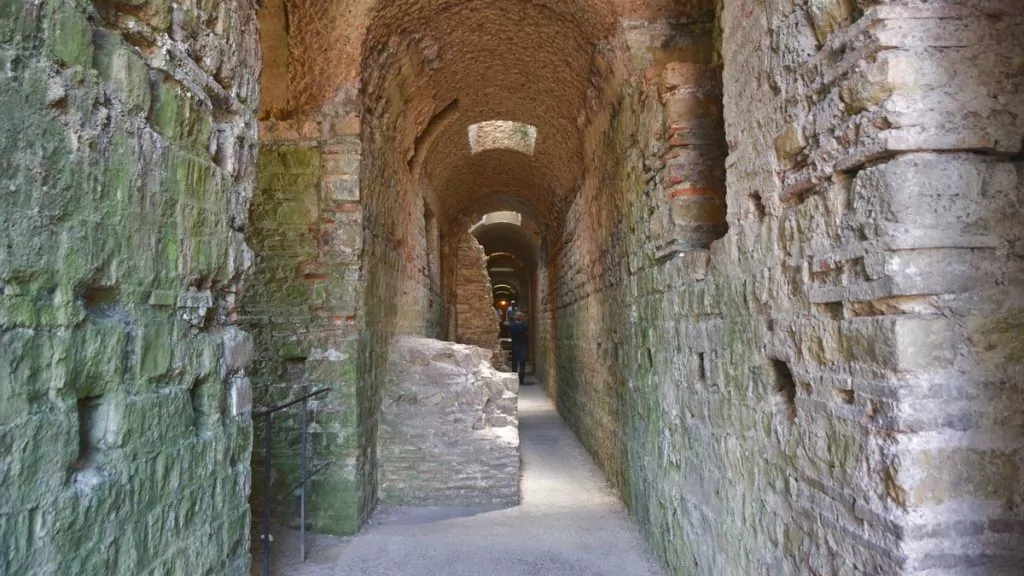
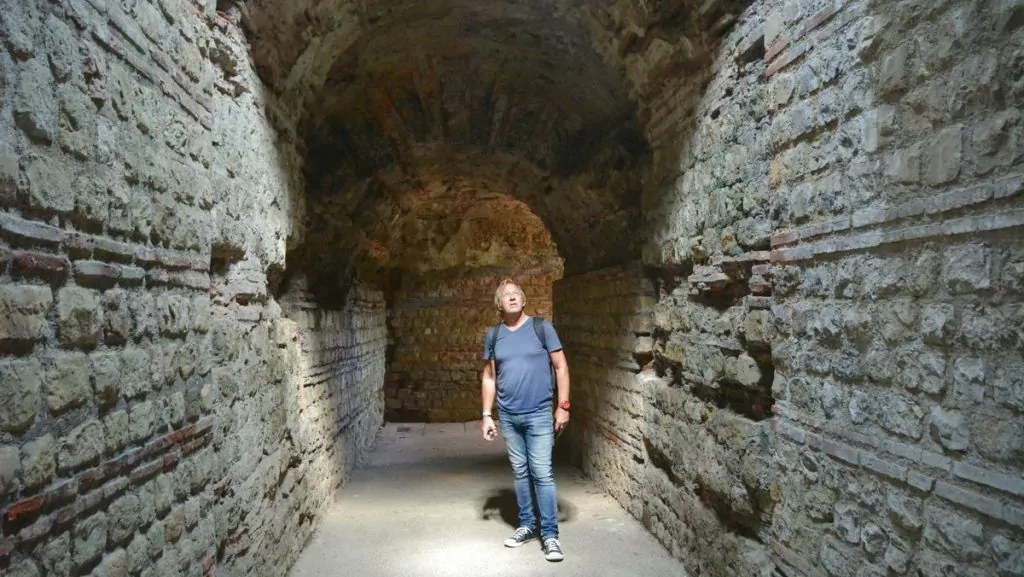
The amphitheatre in Trier
Any self-respecting Roman city must have an amphitheatre! The theatre was built in 200 AD and is the tenth largest of 70 Roman amphitheatres in the world. The amphitheatre was very high all around and was part of the city wall of Trier.
The theatre in Trier had a seating capacity of 20 000 spectators and hosted cruel gladiatorial games that usually ended in death. You can go underground where they kept both gladiators and wild exotic animals, such as lions and tigers. The amphitheatre is a UNESCO World Heritage Site and is located at Olewiger Str. 25. It's kind of nice that you didn't live in those days ...
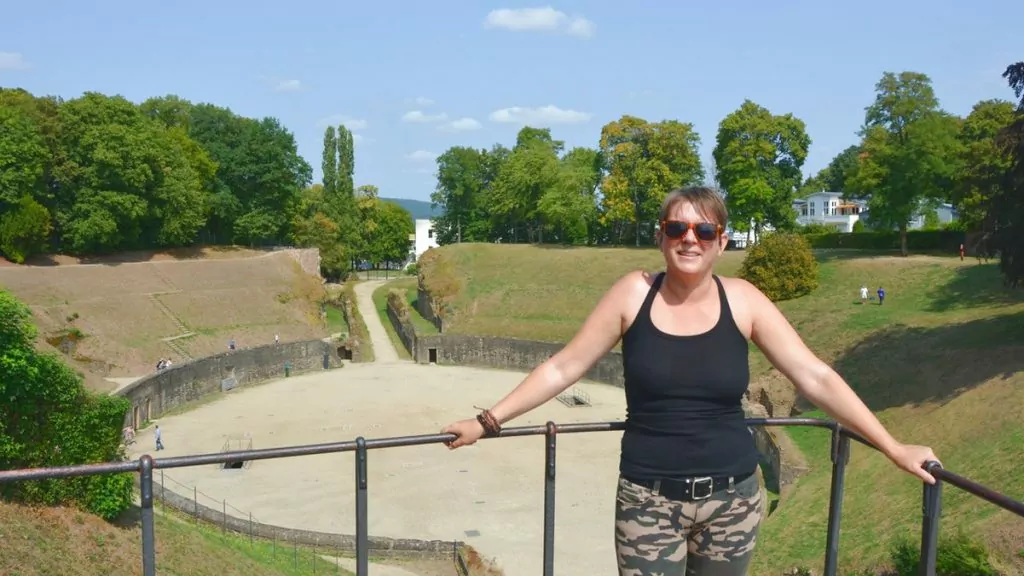
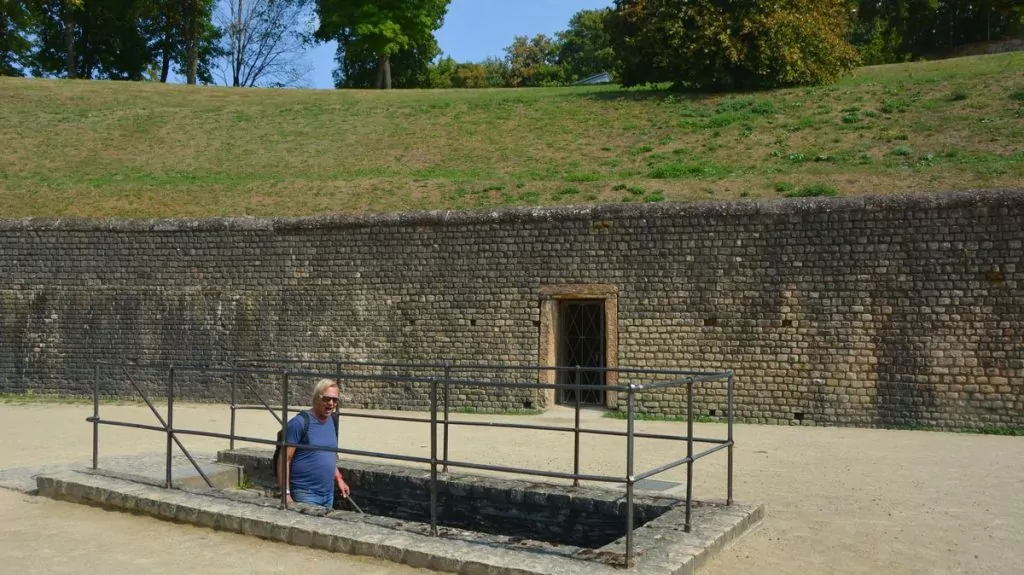
Roman bridge
The Roman bridge Römerbrücke in Trier is the oldest bridge in all of Germany. The pillars date from 144-152 AD, while the arches were built in the 18th century after many wars. We drove on this bridge with our motorhome. Fascinating to drive on such an old bridge! The bridge is of course a UNESCO World Heritage Site and is located at the end of Karl Marx Strasse.
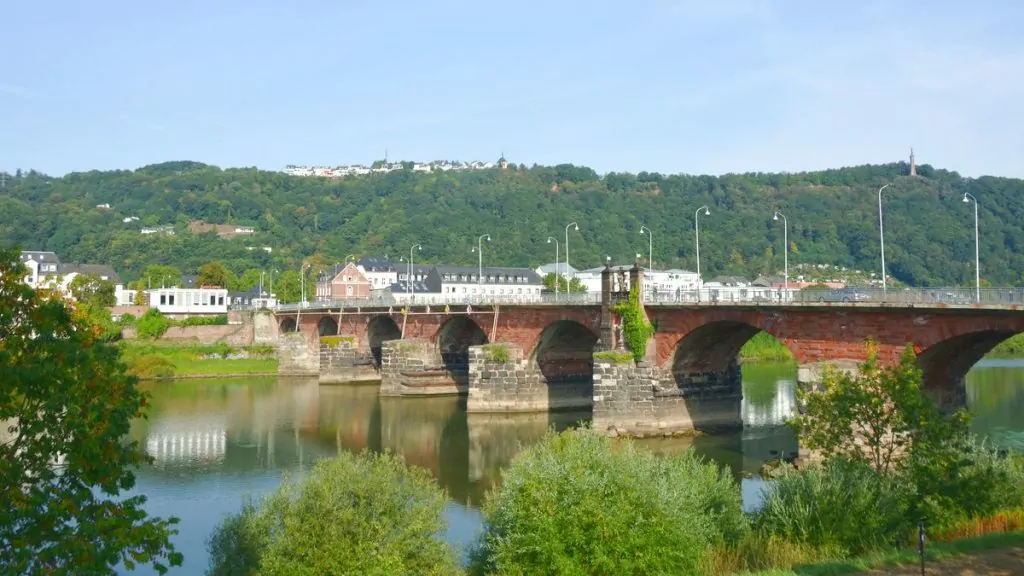
St Peter's Cathedral and Liebfrauenkirche
St Peter's Cathedral (Trier Cathedral) is the oldest church in Germany. Around 300 AD there were four churches connected in an H-shape with a baptismal chapel in the centre. In the cathedral square you will find one of the largest buildings from the Roman Empire. With all the wars and looting, fires and poor surfaces, it has undergone many renovations over the years and is located at Liebfrauenstrasse 12.
The Church of Our Lady is connected, and is the earliest Gothic church in Germany. The churches are impressive and a cultural and architectural masterpiece, and are both UNESCO World Heritage Sites.
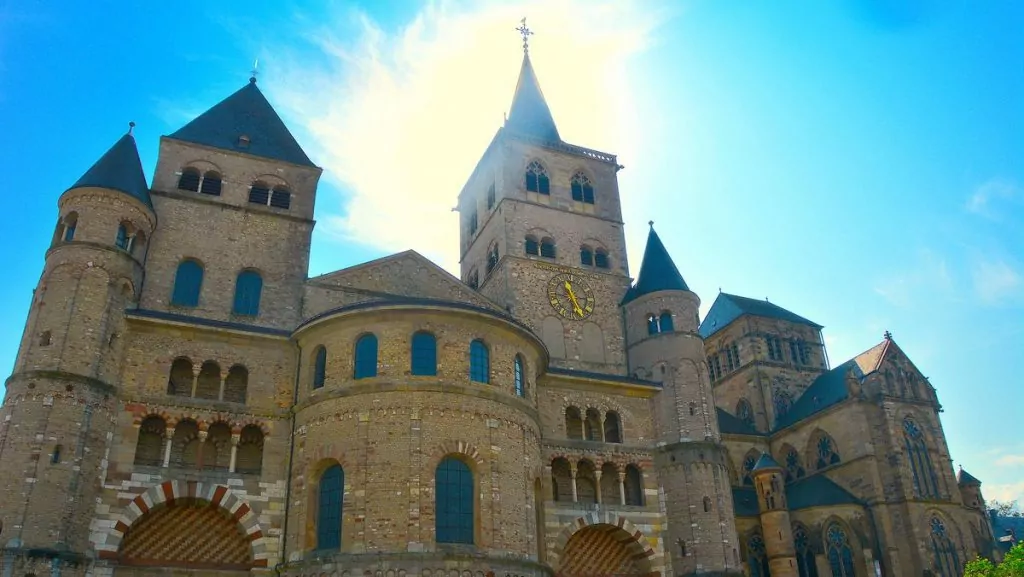
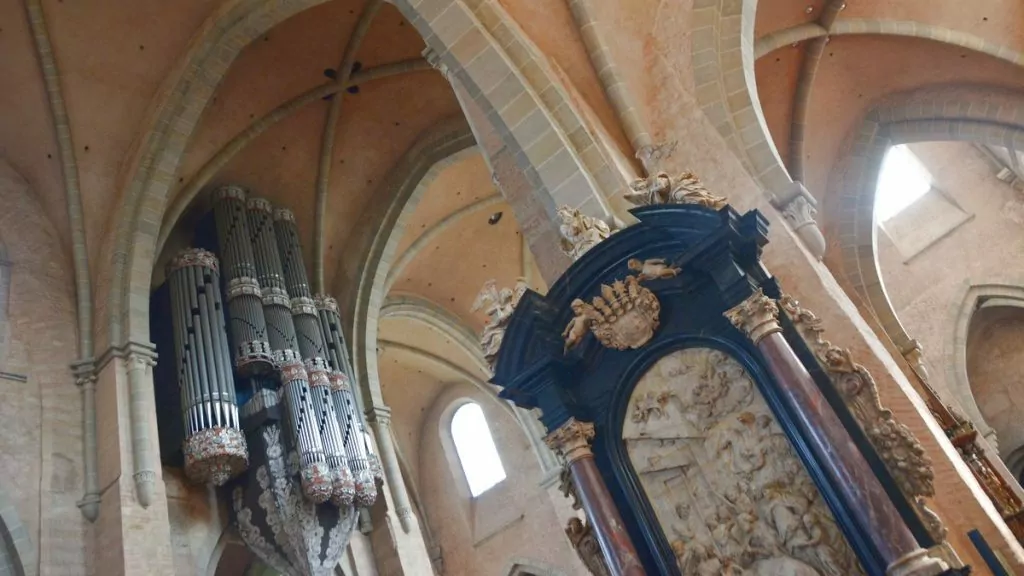
Basilica of Constantine
The Imperial Palace Hall was first built in 100 AD but was enlarged in the 3rd century by Constantine the Great. The huge Basilica was intended to be a reception hall, representing Roman emperors.
This was an impressive display of construction art even outside Rome. There was underfloor heating and the walls were decorated with marble. The Basilica of Constantine (Aula Palatina) is a UNESCO World Heritage Site located at 10 Constantine Square.
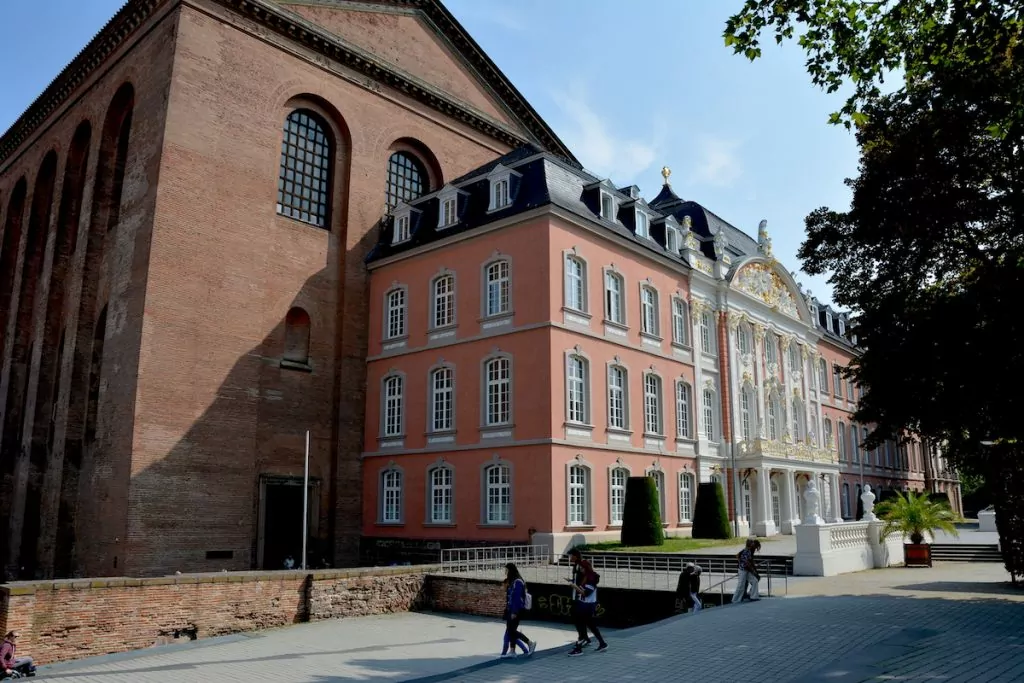
Electoral Palace
Right next to the city's basilica (yes, there are many churches in this city!) is a beautiful rococo palace (Electoral Palace). It dates from the 17th and 18th century and is called the Electoral Palace (Willy Brandt Platz 3), which is considered one of the most beautiful rococo palaces in the world.
The palace has stood here since the 4th century and is connected to the basilica, but was converted into a rococo palace and is now a government office. There is also a beautiful palace garden.
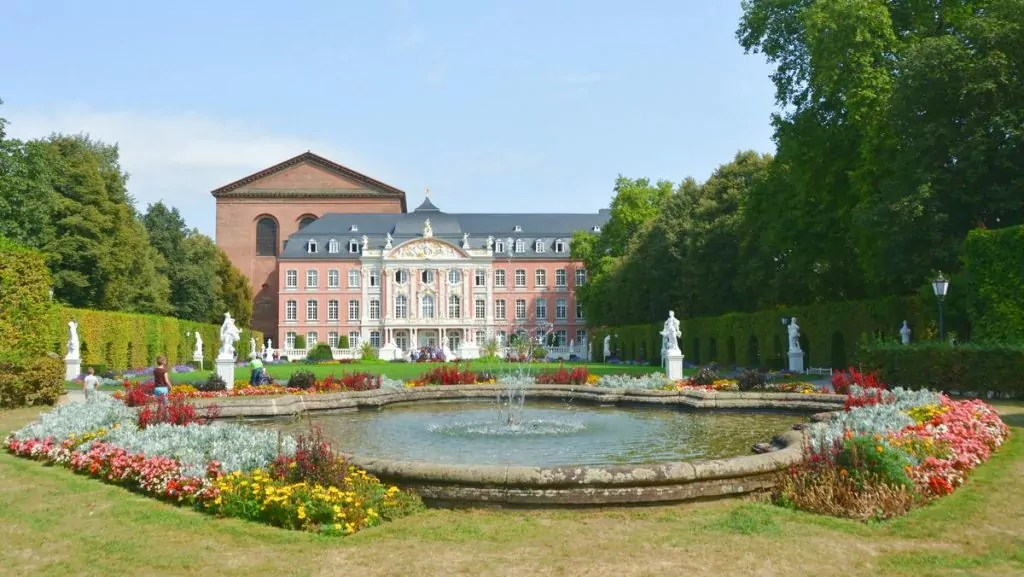
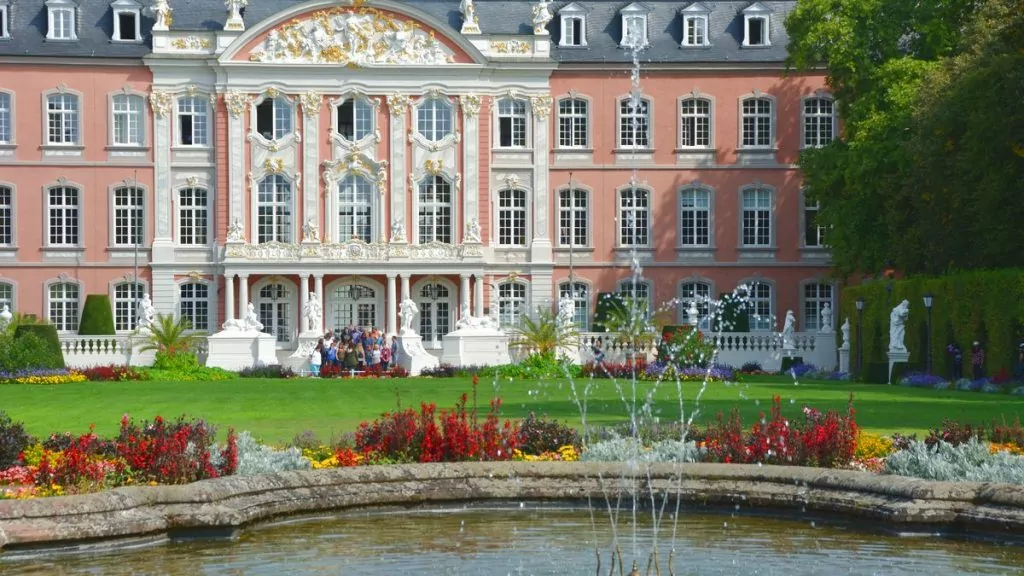
Birthplace of Karl Marx
Karl Marx was born in Trier in 1818 at Brückenstrasse 10. After graduating, he moved to Bonn and then Berlin to study law. After some time, he became interested in various philosophical teachings and worked as a journalist and travelled between several countries before publishing 'The Communist Manifesto' in 1848.
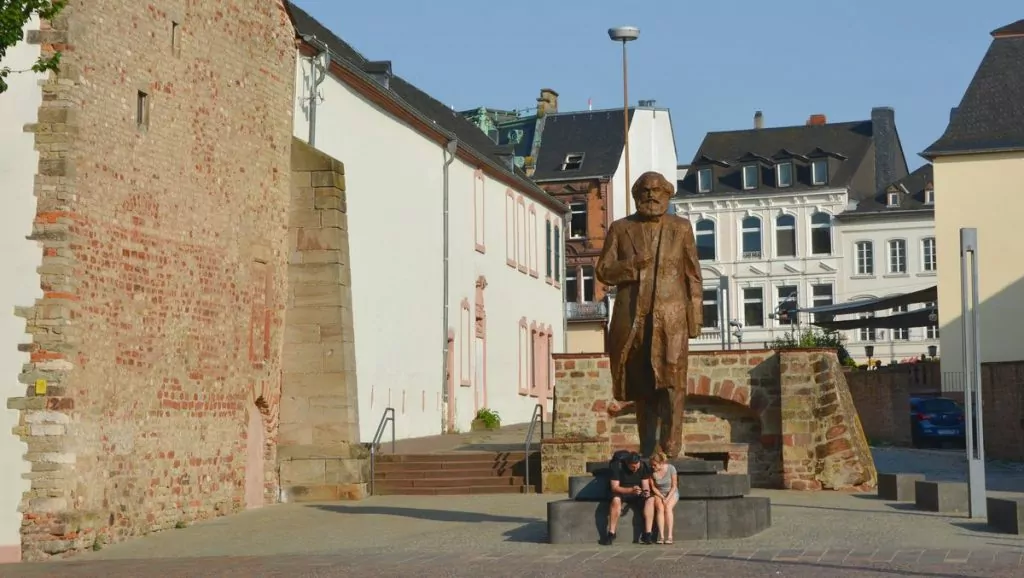
Just this year (2018), a special Marx Year is being organised in Trier with several different exhibitions. The one museum that is always worth visiting is the Marx House, where Karl Marx grew up and lived with his parents until he graduated and moved to Bonn.
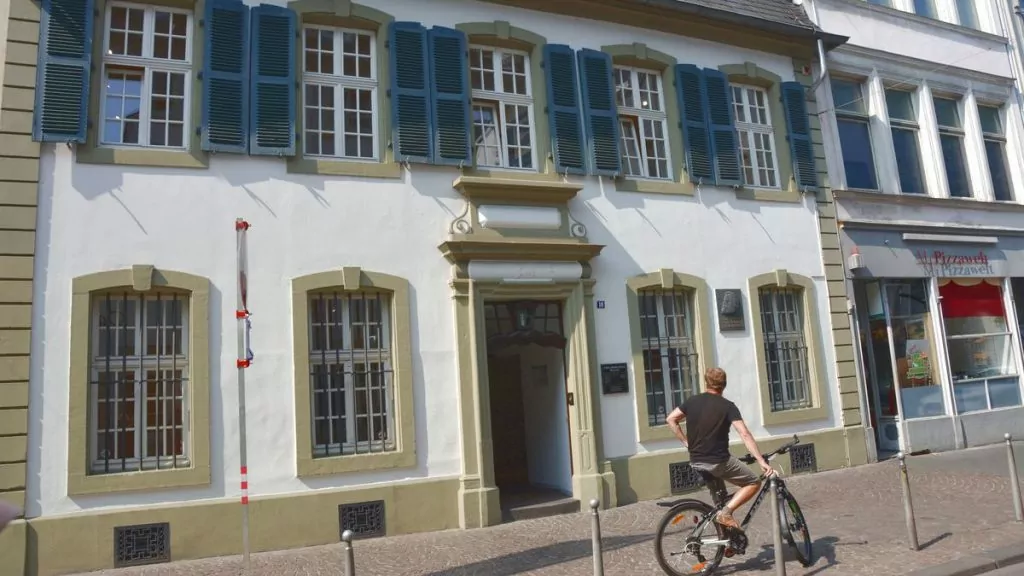
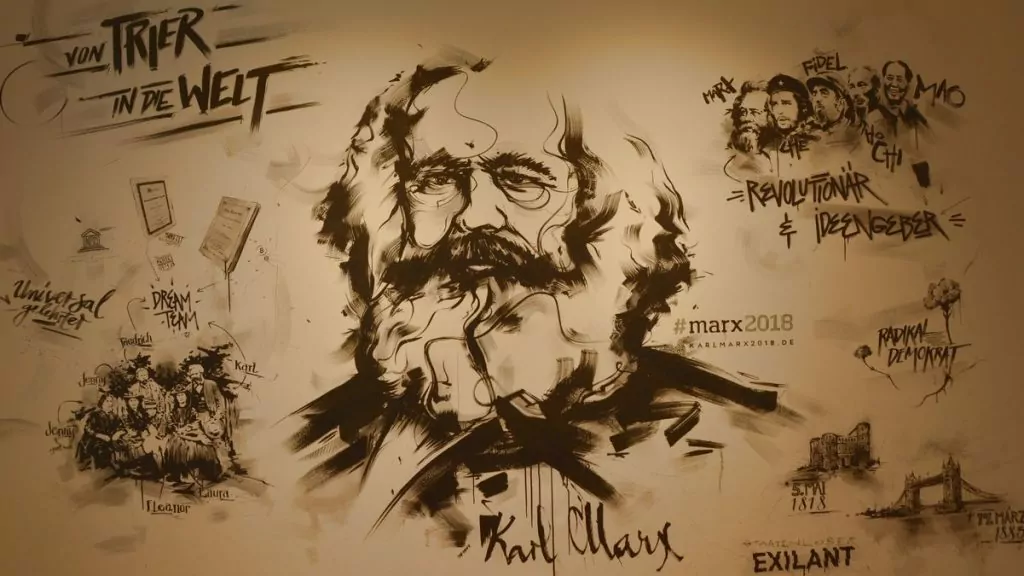
Boat trips on the Moselle River
A common pleasure on the Moselle River is gliding around on various boat tours. We took a one-hour tour from Trier, which included going under the city's three bridges. It was nice to sit down for a while after all the sightseeing, and take some beautiful pictures of the amazing landscape!
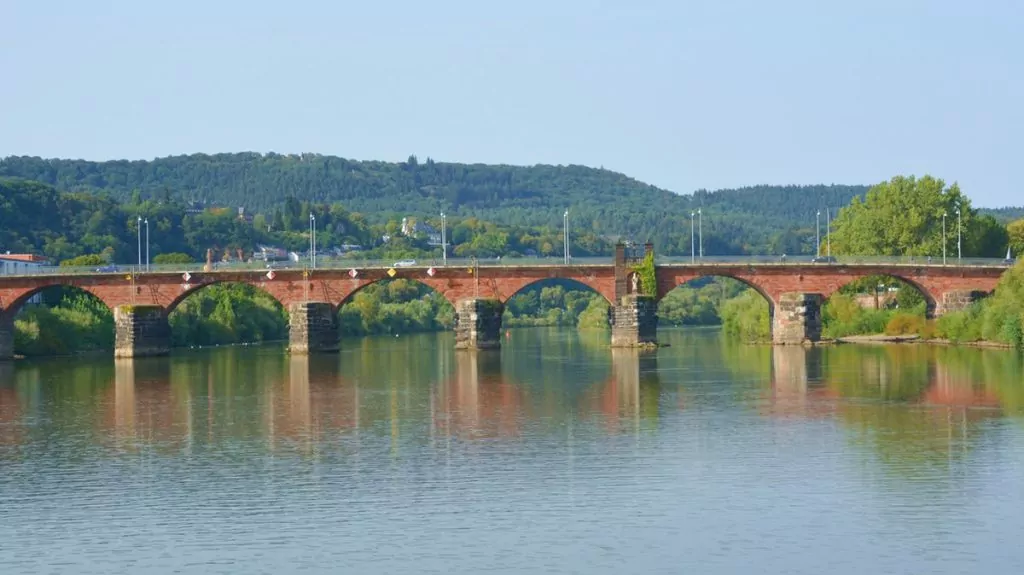
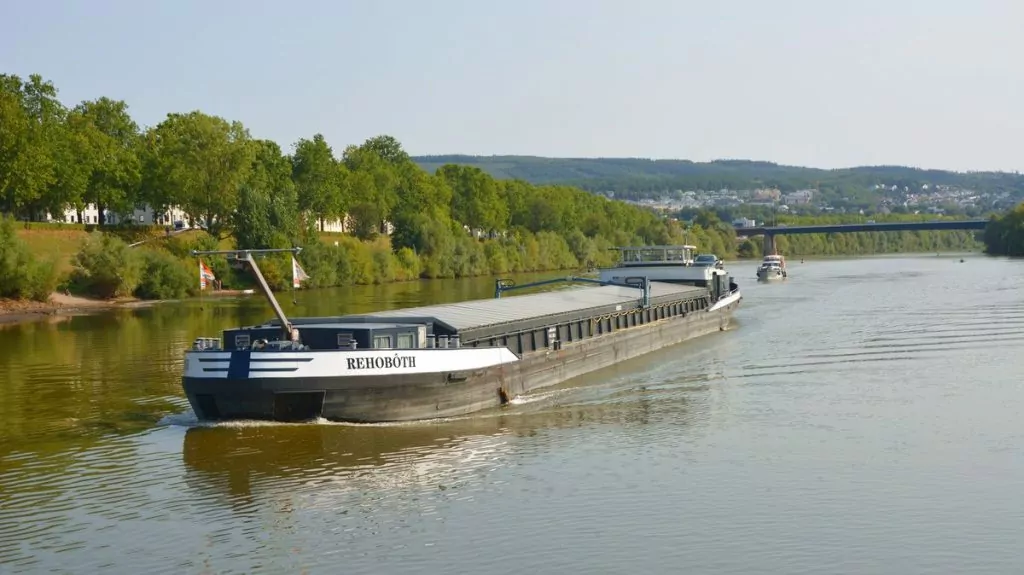
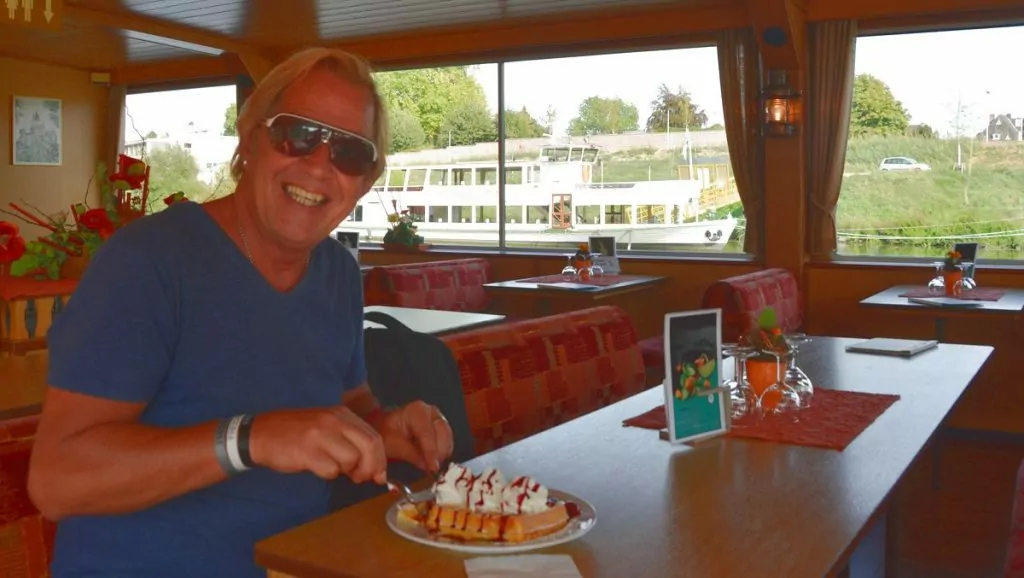
See more in Trier
We haven't had time to see or write about everything there is to see in Trier. The whole city is full of sights like the Petrusbrunnen and Judengasse. Here are a few more things to see:
- Iger pillar (Igeler Säule) is the last of the nine World Heritage Sites. It is a pictorial Roman funerary monument from 200 AD and stands 23 metres high.
- There are three towers from the 12th century in Trier. The Jerusalem, Frankenturm and Dreiköningenhaus towers.
- Rheinisches Landesmuseum shows old excavations inside a museum.
- Steipe is a landmark building on the corner of the Hauptmarkt, and is also home to Germany's oldest pharmacy.
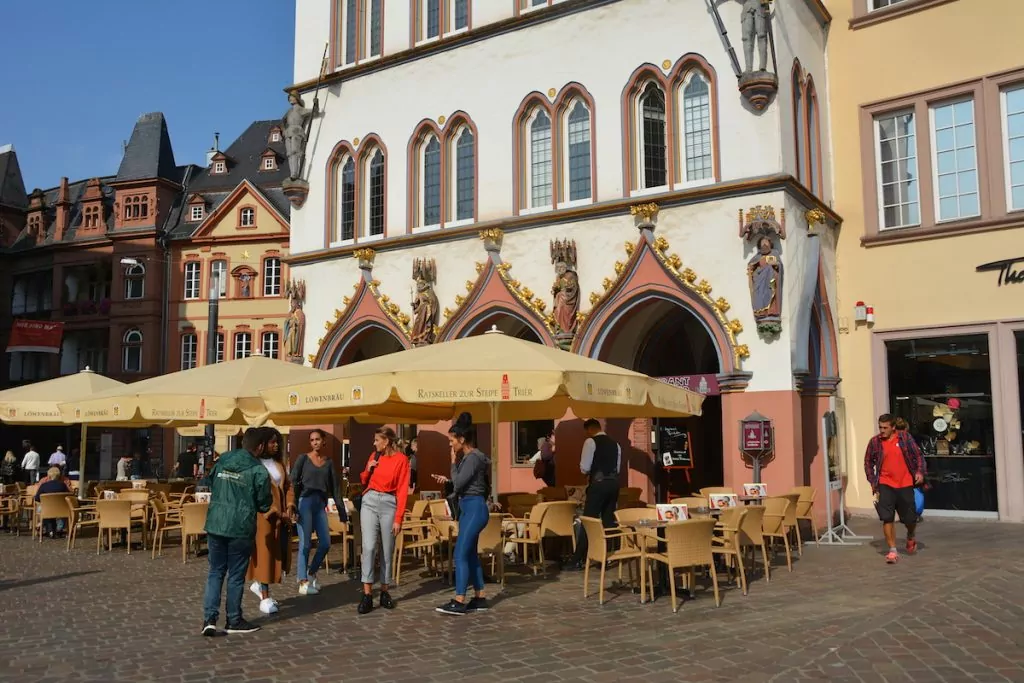
In a car park in Trier
Treviris Motorhome Park is a caravan park that we chose and we arrived with a motorhome that is on the outskirts of town. From here you can walk (a slightly longer walk), cycle or take a bus into town. The car park is large and nice, and automated.
You get a card when you go in, and if you want electricity, you load extra money on the card. When you leave, you let the machine read the card, and then you pay for the time you stayed at the site. Right next door is a campsite, for those who prefer it.
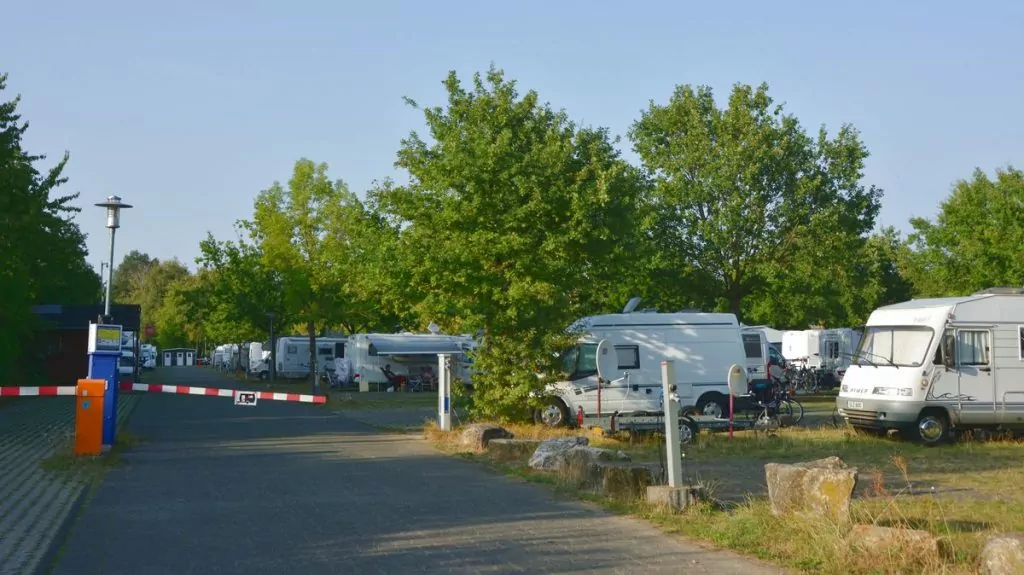
See more in Germany
There is of course much more to see and discover around Germany. If you're travelling around, here are some more places to visit:
- Traben-Trarbach offers good wines, lovely boat trips and green campsites.
- Hohenzollern Castle is an old castle dramatically situated in the centre of a high mountain.
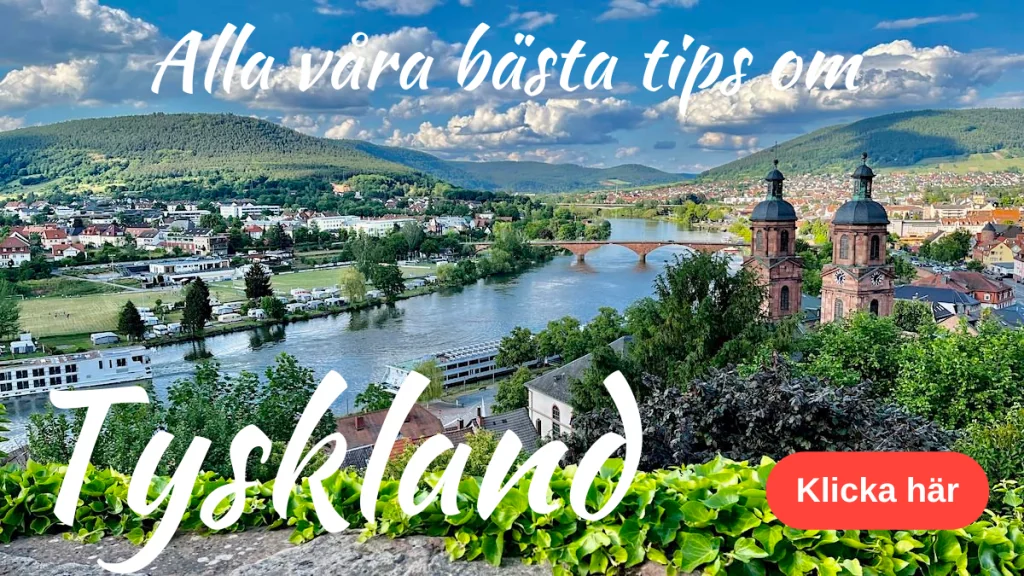
Facts about Trier in the Moselle Valley
- Country: Germany
- Language: German (some also speak English)
- Currency: Euro
- Price mode: A bit cheaper than Sweden
- Residents: Trier 110 000 (2017)
- Time difference: None
- Emergency number: 112
- Religion: Christianity
- El: Like Sweden
- Water: drinkable
- Tourist OfficeAn der Porta Nigra, Einbahnstrasse 60, Trier.
Travelling to Trier
- Fly with Ryan Air to Frankfurt Hahn and rent a car on the spot.
- The bus from Frankfurt Hahn to Trier costs around EUR 6 (2018) and takes just over 1 hour.
- By car from Luxembourg A1 and turn off road 51 towards Trier about 40 minutes
- Car from Frankfurt am Main B50 2 h 15 min.
- Car from Stuttgart A8 3 h 20 min
Food and drink
Take the opportunity to experience German food in Trier, with influences from French cuisine. Try a winery with food and wines at the same time. Throughout Trier you can find restaurants of international standard with wines from the Moselle, Saar and Ruwer.
The Mosel WeinKulturZeit wine and gourmet festival runs for a month every year, showcasing the very best of the region. From May to June you can enjoy the white asparagus with all its different recipes.
- Becker's restaurant at Olewiger Str. 206 with two Michelin stars.
- Kartoffel Restaurant Kiste on Fahrstrasse 13-14 has German food.
- The brasserie restaurant at Fleischstrasse 12 offers German-French cuisine.
- Lidl at Verteilerring 1. Located on the north side of the city a little further away than Porta-Nigra.
- Lidl at Hornstrasse 23.Located on the other side of the Römerbrücke bridge as seen from the city centre.
Accommodation in Trier
- Mercure Hotel Trier Porta nigra at Porta-Nigra-Platz 1
- Park Plaza Trier at Nikolaus-Koch-Platz 1
- Booking.com has many different price points
Pitch and camping
- Campingpark Treviris is right next door on Luxemburger Str. 81 for caravan and other types of camping, and all prices can be found in the link.
- Treviris motorhome park is a pitch that we chose and we came with a campervan which is on the outskirts of town. From here you can walk (a slightly longer walk), cycle or take a bus into town. The site is large and nice, and automated.
Shopping in Trier
- Trier Galerie at Fleischstrasse 62, right in the centre.


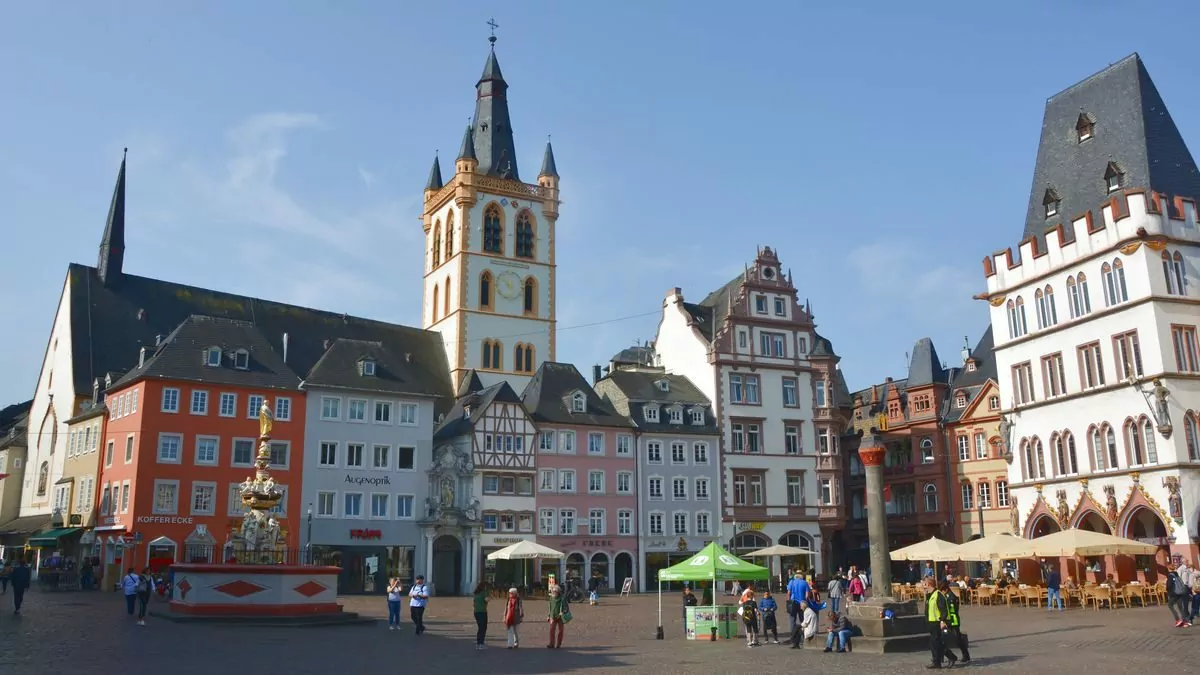






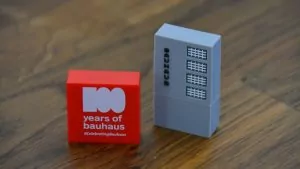
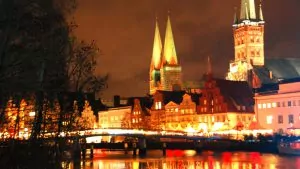
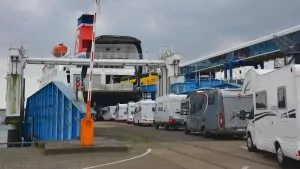
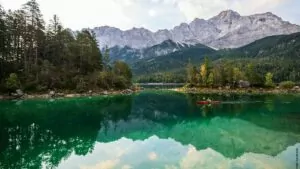
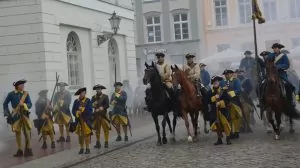
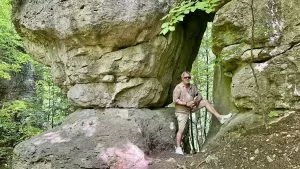
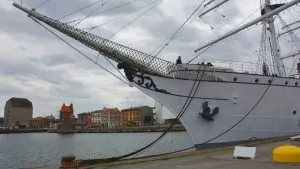
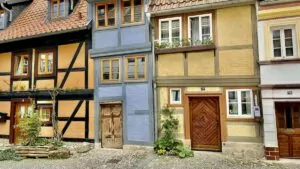
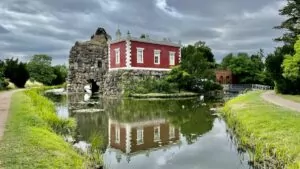
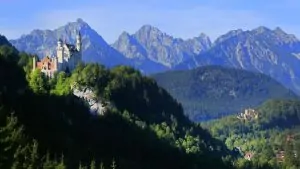
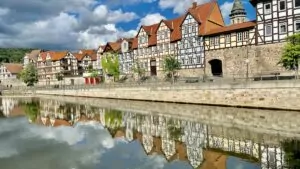
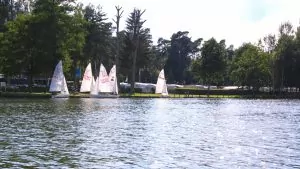
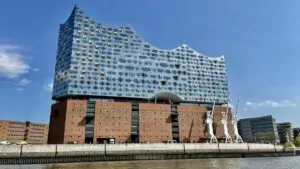
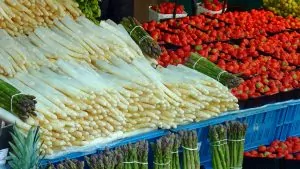
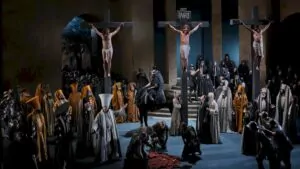
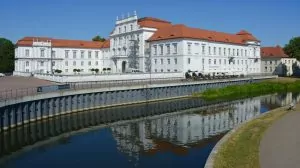
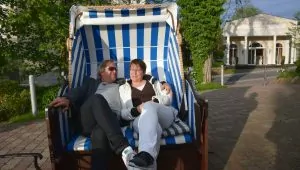
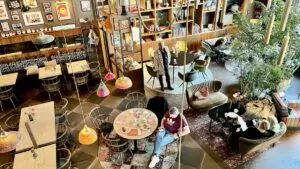
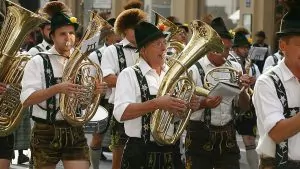
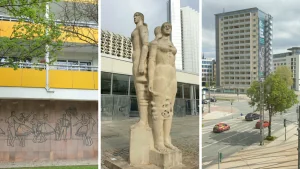
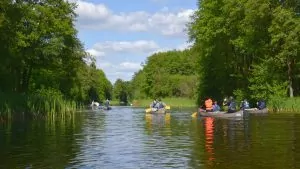
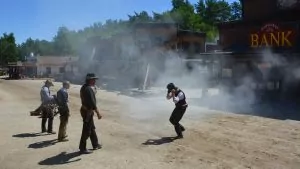
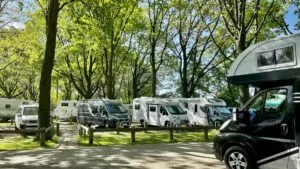
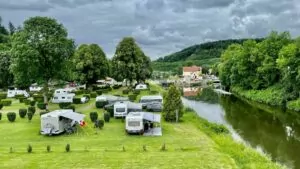
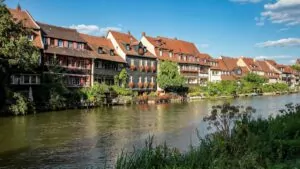
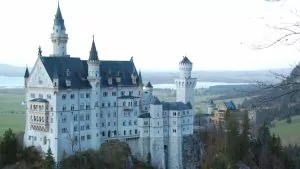
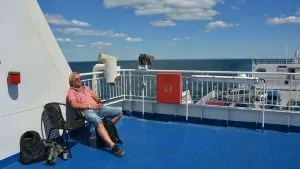
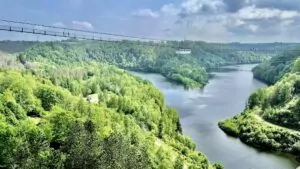
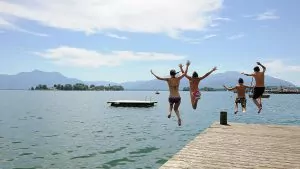
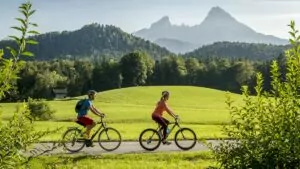
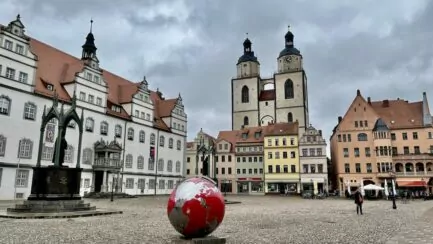
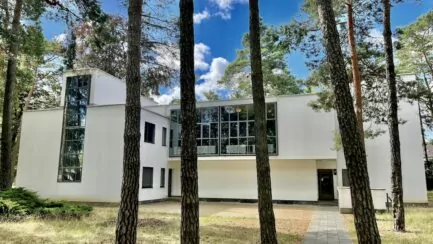
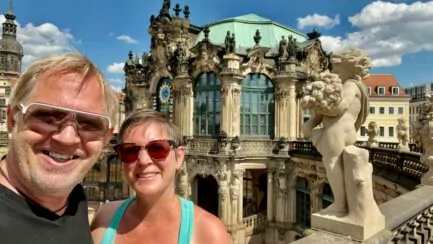
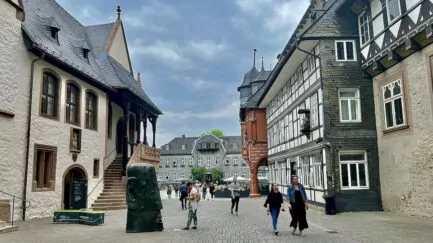
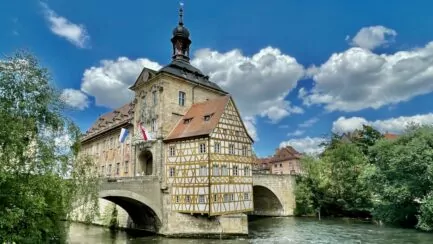
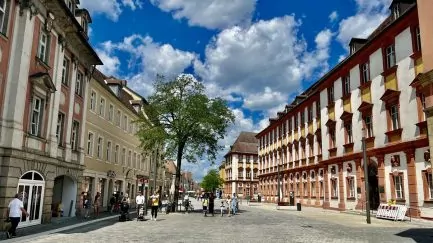



Britt-Marie Lundgren says:
Oh, lovely Trier! Surely it is a wonderful city and so fun to sit on the train to work here at home in the grey autumn rain and recognise all the nice places.
We were a bit short on time, so there will be another visit there next time we visit the Moselle Valley.
31 August 2018 - 6:33
Helena says:
Truly an amazing city, nice to walk around and full of interesting history!
31 August 2018 - 9:14
Anette says:
A beautiful city with a collection of impressive buildings.
You can easily spend a couple of days there.
31 August 2018 - 7:20
Helena says:
Agreed, you could easily spend a few days here!
31 August 2018 - 9:15
Lena - good for the soul says:
Another exciting city with a lot of history. Cool that the bridge is still standing despite such old pillars!
Hug Lena
31 August 2018 - 7:26
Helena says:
Isn't it impressive that the bridge's pillars are still standing? After all, there are much newer bridges that are breaking down ...
31 August 2018 - 9:16
Mr Nils-Åke Hansson says:
How time flies. In Trier we found out that you can fill up with bottled gasoline there. We have visited the car park a few times and also the town.
31 August 2018 - 8:14
Helena says:
Ok, we didn't know about the gas!
31 August 2018 - 9:17
Lennart says:
Nice place we visited.
31 August 2018 - 8:47
Helena says:
31 August 2018 - 9:17
Ama de casa says:
Fascinating history and amazing buildings and constructions!
Have a great trip north and a very happy Friday!
31 August 2018 - 9:33
Helena says:
31 August 2018 - 14:14
GeddFish says:
The Moselle Valley is absolutely marvellous. However, I have "only" been there with a car and a tent a few times.

Love the style of the building and all the old and well-preserved features.
31 August 2018 - 10:25
Helena says:
31 August 2018 - 14:15
Liniz Travel says:
With your beautiful pictures and great travel reports, you want to travel everywhere! You are fantastic! I want to see more of Germany!
Hugs
31 August 2018 - 10:50
Helena says:
Thanks Lina! There are a lot of nice places around Europe ðŸ™'
31 August 2018 - 14:15
Maria says:
Love your reports and photos.
31 August 2018 - 14:08
Helena says:
31 August 2018 - 14:15
Mr Steve says:
Now I also know which city is the oldest in Germany.
Stone arch bridges are so beautiful.
31 August 2018 - 15:39
Helena says:
31 August 2018 - 16:48
Mia's Mix says:
Fun with all the little idylls you find. You definitely get the urge to go out and travel again! Fantastic with the old bridge. And magnificent church! Like churches, such a pleasant calm in them.
We have almost decided not to make our long trip to New Zealand this winter so then we can start dreaming of a smaller and closer destination....
31 August 2018 - 17:03
Helena says:
01 September 2018 - 9:45
BP says:
Here I have learnt a few things again! What a city Trier is. Oh, that bridge. Thinking about its age and that it is still in use. Hardly think that our "modern" bridges will have as long a life as this construction. Very impressive!
31 August 2018 - 18:23
Helena says:
An absolutely amazing city! And I'm so impressed by that bridge. You hear about bridges built in our time collapsing, and these pillars are still standing!
01 September 2018 - 9:46
Ditte says:
What a beautiful city with a truly fascinating history. I would have loved to spend a few days here. Cozy to be able to stay in the older parts of the city. Now I have filled the knowledge bank considerably both through beautiful pictures and good info. I have visited Germany very little but maybe there can be more visits.
31 August 2018 - 18:37
Helena says:
There are many nice and interesting places in Germany. Trier was extra special I must say, with very interesting history.
01 September 2018 - 10:11
Reiselinda says:
Realise that we have to go back to Trier! We were too hot and had too many problems to solve to have time for sightseeing. But here we see what we have missed!
Hope you got home safely, nice to meet you on the boat!
31 August 2018 - 21:55
Helena says:
01 September 2018 - 10:12
Deciree says:
01 September 2018 - 7:19
Helena says:
01 September 2018 - 10:12
One Million Places says:
You can find our pictures in our blog.
Greetings,
Michael & Sandra
19 September 2018 - 12:22
Idris Korjenic´ says:
Hello, what wonderful information about my hometown Trier. A big THANK YOU!!!
I myself have been the representative of the Touristenverein Trier here in Sweden since the mid-70s.
Regards
Idris
19 September 2018 - 17:24
Per-Ove Jönsson says:
I think you were a bit mean to VW and Opel too for that matter, although I understand that you only stuck to Bavaria and Stuttgart but then you forgot Porsche which is also in Stuttgart,
Amadeus Mosart may not belong to Germany but Austria is not so far away. However, Germany has many famous people and brands that are still admired on the globe, don't forget all the motorhomes made in Germany.
24 August 2022 - 12:36